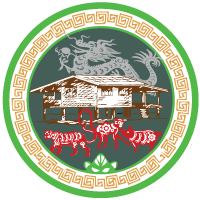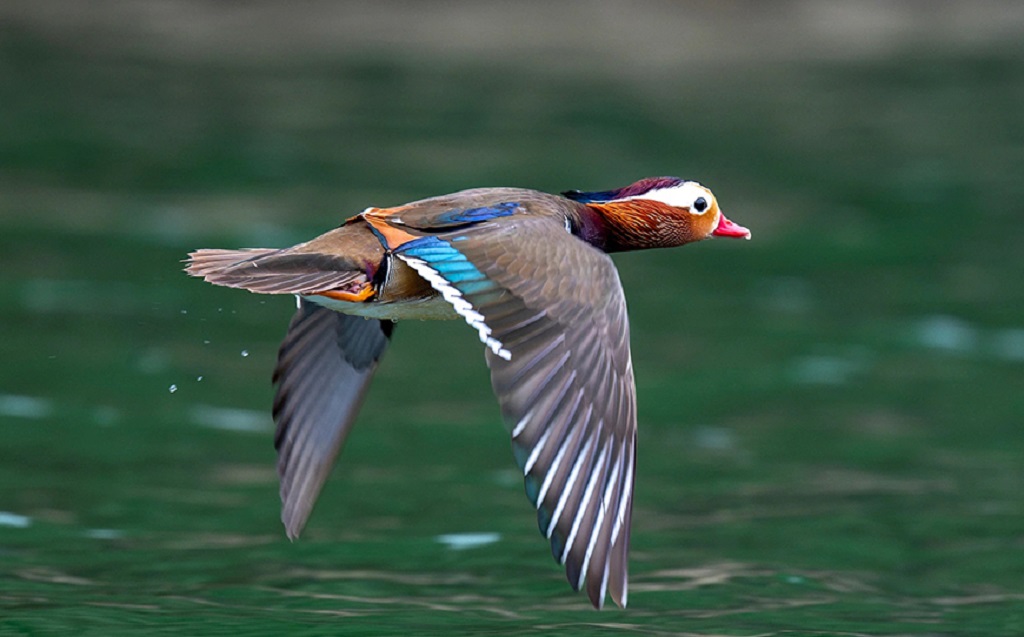Nestled in the heart of Vietnam, Ba Be National Park is home to a natural treasure of incomparable beauty: Lake Ba Be. This aquatic gem is not only a feast for the eyes but also a true sanctuary for a multitude of bird species. Recognized as an important area for bird conservation, the park offers visitors a unique ornithological experience, combining exceptional biodiversity and breathtaking landscapes.
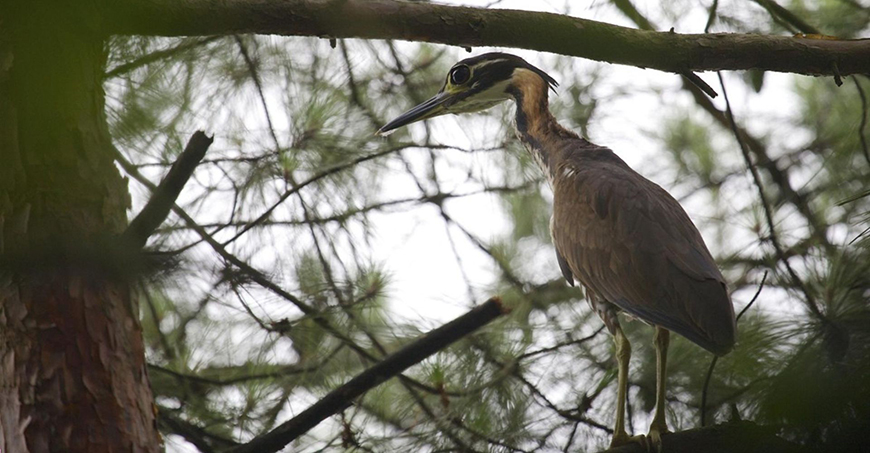
A unique ecosystem conducive to bird diversity
Ba Be National Park stands out for its rare ecosystem: a natural mountain lake surrounded by a karst landscape. This unique geological configuration creates a mosaic of habitats – crystal-clear waters, lush forests, steep cliffs—providing ideal conditions for a wide variety of birds.
Among the iconic species is the Malayan Night Heron (Latin: Gorsachius melanolophus – Vietnamese: Vạc hoa), an endangered species of which Ba Be harbors more than 1% of the global population. This nocturnal heron, recognizable by its gray and white plumage, frequents the rivers and marshes of the park’s primary forests.
♥ Learn more : Ba Be National Park: A Biodiversity Treasure in the Heart of Vietnam
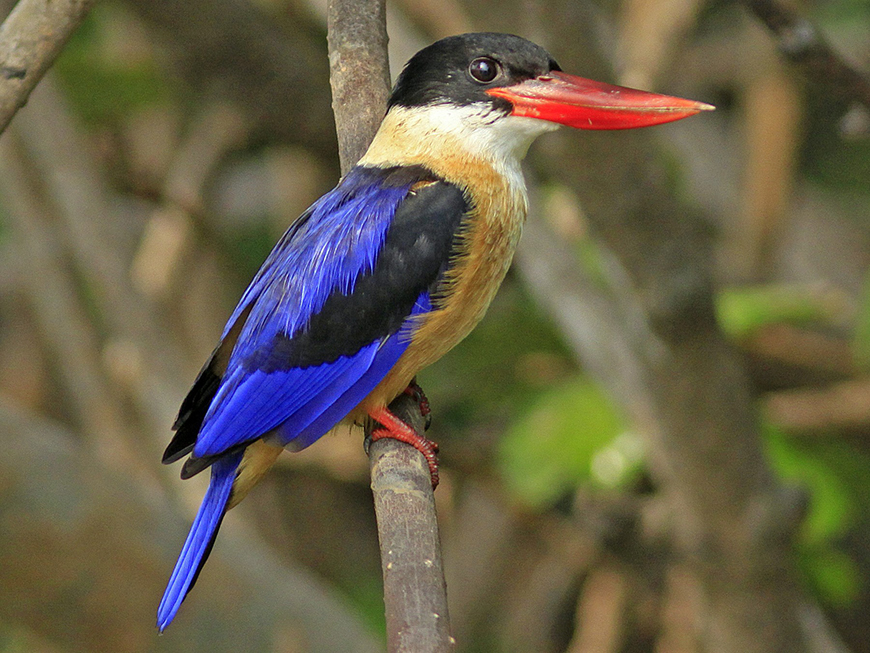
A festival of colors and songs
The waters of Lake Ba Be are the realm of water birds. The Common Kingfisher (Alcedo atthis, in Latin – or Bồng chanh in Vietnamese), a true flying jewel, dazzles observers with its turquoise blue plumage and spectacular dives to catch its prey. The Black-capped Kingfisher (Halcyon pileata – Sả đầu đen), with its bright red bill and black cap, adds a touch of exoticism to the brackish waters.
In the surrounding forests, it’s a true festival of colors and songs. The Blue-winged Minla (Siva cyanouroptera – Khướu lùn cánh xanh) brightens the canopy with its vibrant hues, while the Yellow-bellied Fantail (Rhipidura hypoxantha – Quạt lưng vàng) searches the branches for insects. Knowledgeable birdwatchers may even spot rarer species such as the Pied Falconet (Microhierax melanoleucos – Cắt nhỏ bụng trắng), a tiny raptor, the Yellow-billed Magpie (Kitta flavirostris), with its striking green plumage, or even the Oriental Honey Buzzard (Pernis ptilorhynchus – Diều ăn ong trung bộ).
Hornbills, with their oversized bills, are the undisputed stars of the forest. Their heavy flight and distinctive call make them fascinating subjects for observation.
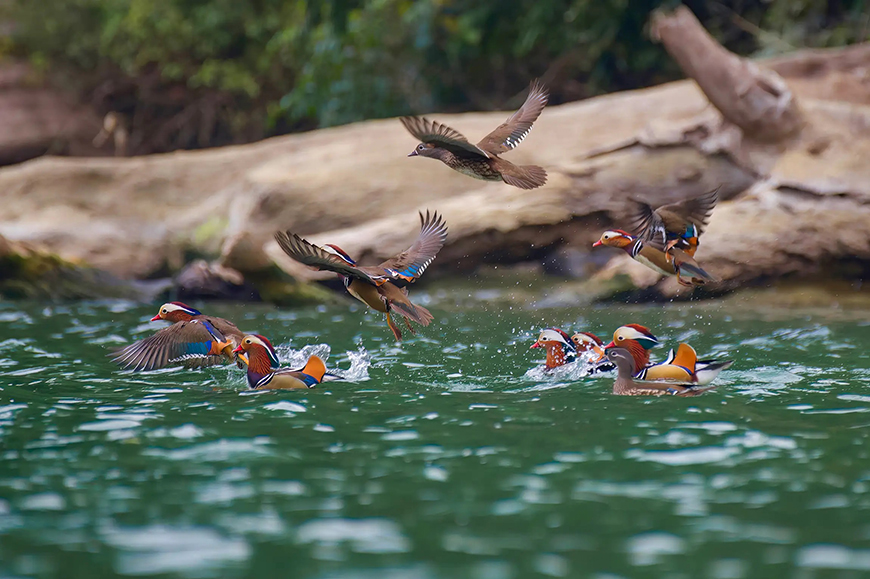
A stopover on the migratory route
Lake Ba Be also plays a crucial role for many migratory species. Every year, thousands of birds stop in the park during their long journeys between breeding and wintering areas.
One of the most remarkable migratory species is the Mandarin Duck (Aix galericulata). This bird, with its striking multicolored plumage, travels over 1000 km from China to spend the winter on the calm waters of Lake Ba Be. In Vietnam, it is affectionately called “Beauty of « chim uyên « ” or “bird of love”, in reference to its legendary fidelity.
Did you know? Curiously for a duck, it nests in trees, sometimes very high above the water.
Although less common, a few cranes can sometimes be spotted in the park’s wetlands, adding a touch of grace to this aerial ballet.
♥ Read also : The Mandarin ducks of Ba Be Lake
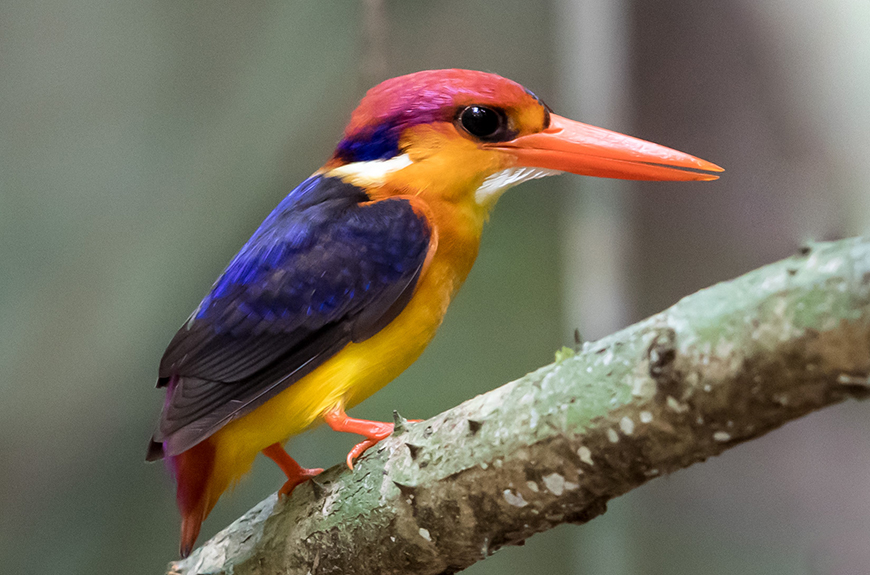
When to observe birds at Ba Be?
Each season offers unique opportunities for birdwatching:
From November to March
This is the ideal time to observe migratory and water birds. The shores of the lake are populated by herons, cormorants, and ducks.
From April to June
The nesting season is in full swing. It’s the time to hear territorial songs and observe courtship displays.
From July to October
Despite the rains that can limit visibility, this period is conducive to observing more discreet species such as rails in the wetlands.

Where to observe what?
To fully enjoy the avian richness of Ba Be, here are some tips:
- Opt for a cruise on the lake: It will allow you to access remote areas and observe birds from the water.
- Explore hiking trails: They offer unique viewpoints of the canopy and cliffs where some species nest.
- Use hides: Some places are set up for discreet birdwatching.
- Equip yourself: Binoculars or a spotting scope are essential for detailed observation.
- Use a local guide: Their knowledge of the terrain and species is invaluable to maximize your observation chances.

Ba Be National Park is more than just a tourist destination. It is an open book on Vietnam’s avian biodiversity, a symphony of colors and songs that will delight seasoned birdwatchers and nature enthusiasts alike. By visiting this natural sanctuary, you contribute to its preservation and the protection of the species that find refuge there.
So, prepare your binoculars and let yourself be enchanted by the magical wings of Lake Ba Be!
